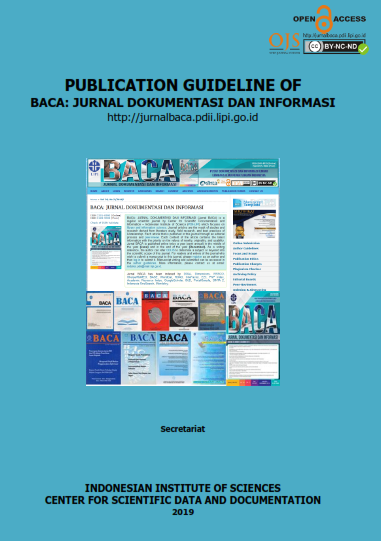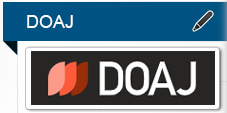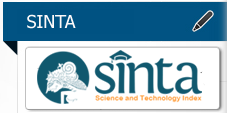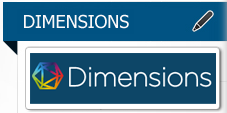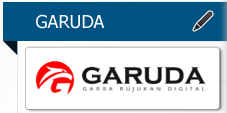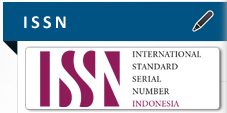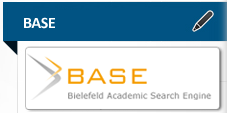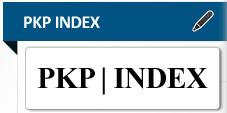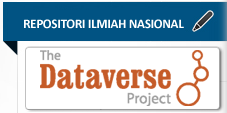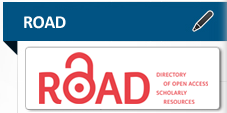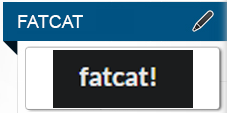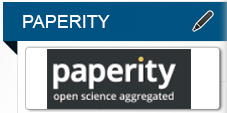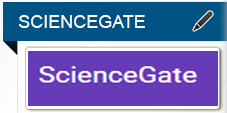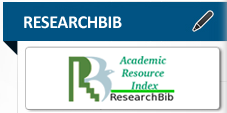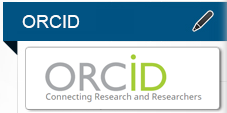KATALOG DARING DI INDONESIA: PENILAIAN BERDASARKAN KRITERIA KATALOG DARING GENERASI KETIGA
Abstract
This study aims to determine whether online public access catalogs (OPAC) developed by Indonesian vendors andprogrammers can be classified as the third generation catalog. OPACs in nine prominent higher learning institutionsand the Indonesian National Library were examined against Marshall Breeding’s ten criteria for third generationOPACs, e.g. Single point of entry to all library resources, State-of-the-art Web interface, Enriched content, Facetednavigation, Simple keyword search box, Relevancy, Did you mean ...?, Recommendations and related materials, Usercontribution—ratings, reviews, comments, and tagging, and RSS feed. Result of the examination showed that onlyone OPAC met four criteria, two OPACs met three criteria, two OPACs met two criteria, four OPACs met only onecriteria, and one OPAC did not meet any criteria. As a whole the ten OPACs met only six relatively easy criteria, e.g.Single point of entry to all library resources, State-of-the-art Web interface, Simple keyword search box, Enrichedcontent, User contribution¯ratings, reviews, comments, and RSS feed. It is concluded that the ten OPACs did nothave a sufficient number of the required features of the third generation catalog, and with only one OPAC met foureasy criteria there were still many things to accomplish to be able to reach the status of third generation catalog.
Keywords
Full Text:
PDFReferences
Antelman, Kristine; Lynema, Emily; and Andrew K. Pace. 2006. Towards a twenty-first century library catalog. Information Technology and Libraries, 25 (3): 128-139.
Armansyah, Cut, Mulni Adelina Bachtar, Kamariah Tambunan (Ed.). 2005. Directory of Special libraries and information source in Indonesia 2005. 12th ed. Jakarta: Pusat Dokumentasi dan InformasiIlmiah LIPI.
Borgman, Christine. 1996. Why are online catalogs still hard to use? Journal of the American Society for Information Science, 47 (7): 493-503.
Breeding, Marshall. 2007. Introduction to “Next generation library catalogs”. Library Technology Reports, 43 (4): 5-14.
Cutter, C.A. 1904. Rules for a dictionary catalog, 4th ed. Washington, D.C.: Government Printing Office.
Hafter, R. 1979. The performance of card catalogues: a review of research. Library Research, 3 (1).
Henderson, J., Y. Jiang, M.Salo-oja. 2008. How effective is STAR as an information resource. Proyek Mahasiswa, Universitas Sheffield.
Hildreth, Charles R. 1987. Beyond boolean: designing the next generation of online catalogs. Library Trends, 35 (4): 647-667.
Hildreth, Charles R. 1993. An evaluation of structured navigation for subject searching in online catalogues. Disertasi doktor tidak diterbitkan. London: City University.
Hildreth, Charles R. 1995. Online catalog design models: are we moving in the right direction? Washington, D.C.: Council on Library Resources. Katalog daring Falvey Memorial Library, Villanova University. https://library.villanova.edu/Find/Combined/Results?lookfor=engineerink&type- (Diakses 26 /8/2014).
Larson, Ray R. 1991. Classification clustering, probabilistic information retrieval, and the online catalog. Library Quarterly, 61 (2).
Lim, I. LINC+: our leap towards a Web 2.0 OPAC interface. National University of Singapura. www.las.org.sg/pa_ly.pdf (Diakses 18/7/2013).
Mercun, Tanja dan Maja Zumer. 2008. New generation of catalogues for the new generation of users: a comparison of six library catalogues. Program: Electronic Library & Information Systems, 42 (3): 243-261.
Mi, Jia and Weng, Cathy. 2008. Revitalizing the library OPAC: interface, searching, and display challenges. Information Technology and Libraries, Mar. 5-22.
Mitev, Nathalie Nadia, Gillian M. Venner, Stephen Walker. 1985. Designing an online public access catalogue: Okapi, a catalogue on a local area network. London: British Library.
Morgan, Eric Lease. A ‘Next-generation’ library catalog—executive summary (part #1 dari 5). pengunggahan pada 2006. Blog LITA: Library Information Technology Association. http://litablog.org/2006/07/07/a-next-generation-library-catalog-executive-summary-part-1-of-5 (Diakses 18/7/2013).
Tam, Winnie, Andrew M. Cox, Andy Bussey. 2009. Student user preferences for features of next-generation OPACs: a case study of University of Sheffield international students. Program: Electronic Library and Information Systems, 43 (4): 349-374.
University of Wisconsin-Madison Libraries. Resource discovery exploratory task force final report. http://staff.library.wisc.edu/rdetf/RDETF-final-report.pdf (Diakses 14/5/2009).
Yang, Sharon Q. and Hofmann, Melissa A. “Next generation or current generation?: a study of the OPACs of 260 academic libraries in the USA and Canada,” Library Hi Tech, 29 (2) 2011: 266-300.
Yang, Sharon Q. and Melisa A. Hofmann. 2010. The next generation library catalogs: a comparative study of the OPACs of Koha, Evergreen, and Voyager. Information Technology and Libraries, 29 (3): 141-150.
Yang, Sharon Q.; Kurt Wagner. 2010. Evaluating and comparing discovery tools: how close are we towards next generation catalog?,” Library Hi Tech, 28 (4): 690-709.
DOI: https://doi.org/10.14203/j.baca.v35i1.182
Copyright (c) 2014 BACA: Jurnal Dokumentasi dan Informasi











